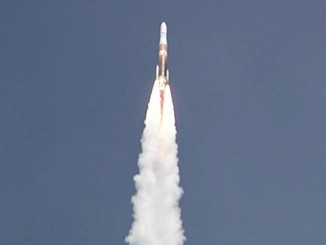A threatening layer of clouds stayed away from SpaceX’s launch pad at Vandenberg Air Force Base in California on Tuesday, allowing for clear viewing of a spectacular Falcon 9 launch carrying commercial and scientific satellites into polar orbit.
Towering 229 feet (70 meters) tall, the Falcon 9 ignited its nine Merlin 1D engines and lifted off from the California launch base at 12:47:58 p.m. PDT (3:47:58 p.m. EDT; 1947:58 GMT). Five Iridium communications satellites and a pair of research craft to measure changes in Earth’s water cycle were aboard the commercial rocket.
The two research payloads deployed from the rocket first, beginning missions on behalf of NASA and the German Research Centre for Geosciences. The Falcon 9’s upper stage reignited briefly to maneuver into a higher orbit for separation of the five Iridium voice and data relay satellites.
It was SpaceX’s 10th mission of the year, and the 12th time the company has used a previously-flown rocket booster on one of its missions.
Read our full story for details on the mission.

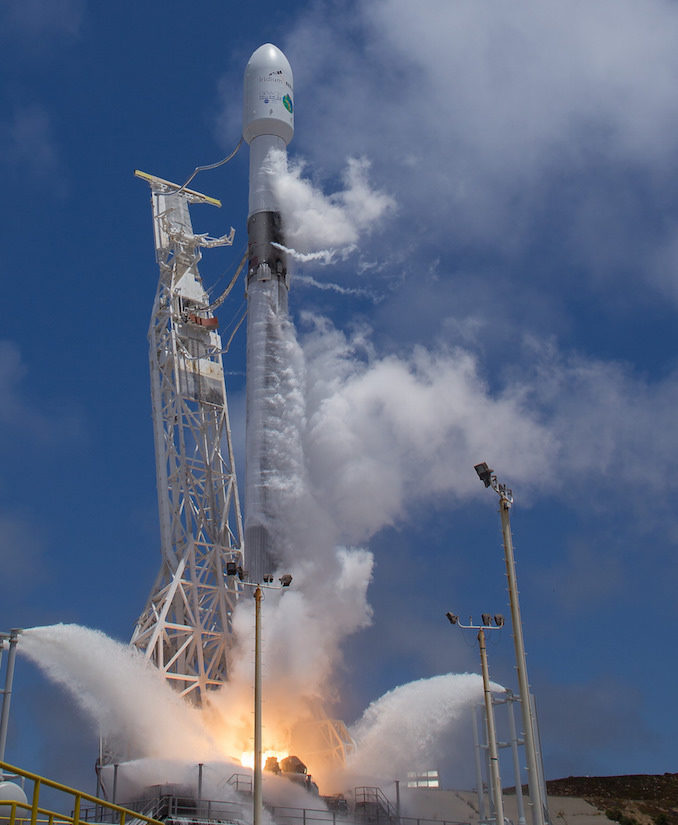

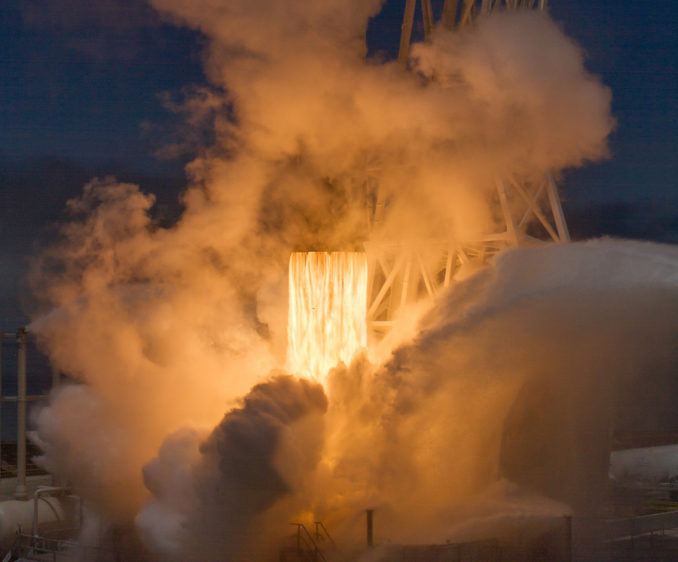



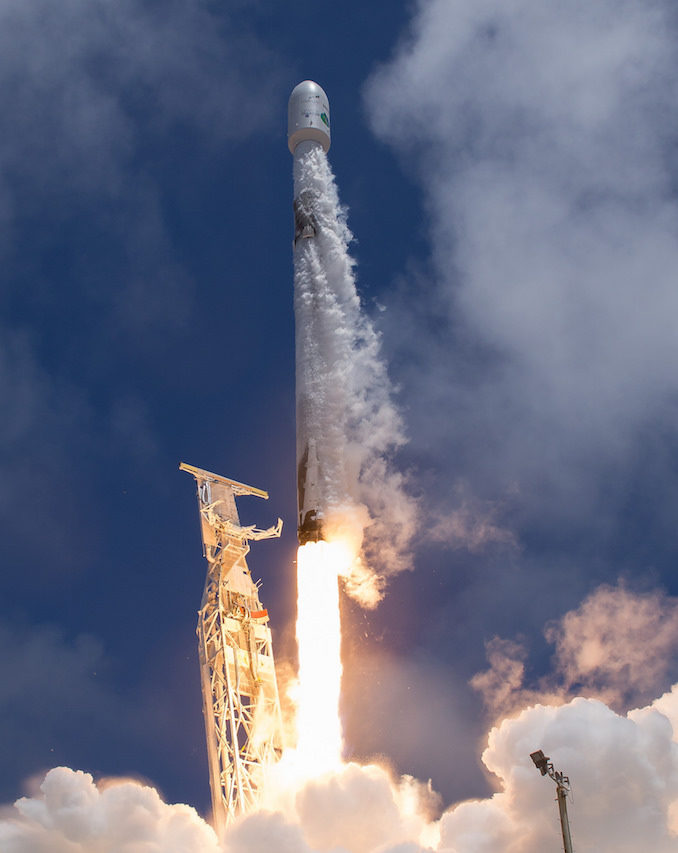












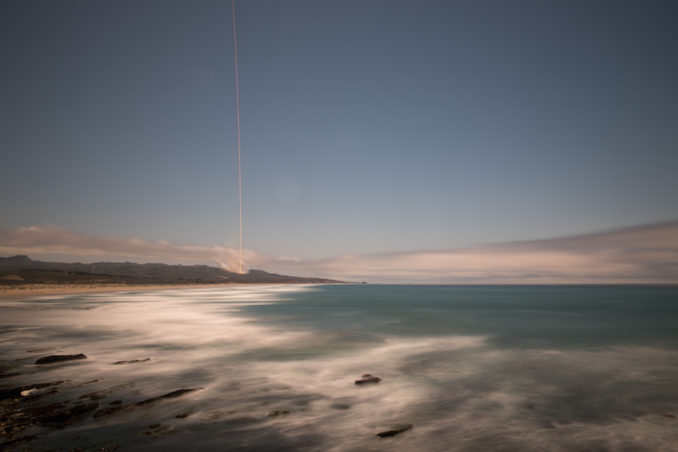



Email the author.
Follow Stephen Clark on Twitter: @StephenClark1.

